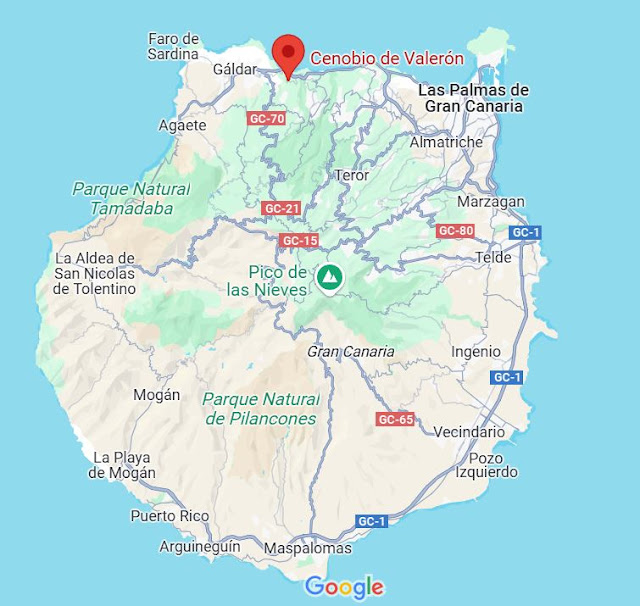Pope's Grotto near Twickenham in London has been on my "to do list" for years, but as it has very limited open days I was never able to visit. Then in January 2025 I saw tickets advertised for the year so immediately bought one for 5 April.
Alexander Pope was one of England's most famous poets of his day. Born in 1688, he was a Catholic, and at the time there was religious repression. He also suffered from poor health and physical disabilities. To get away from the religious problems, Pope moved to Twickenham in 1719 and built a villa by the Thames on land he leased - Catholics weren't allowed to own land. He created a landscaped garden and dug a tunnel under the road to connect the house and garden. In 1720 Pope created the famous grotto, inspired by the styles of ancient Greece and Rome.
He was also inspired by the landscaped gardens of other mansions along the Thames, especially those with grottos decorated with shells, stones and crystals. In 1739 Pope visited a spa in Bristol. He liked the sparkling mineral rocks along the Avon Gorge and decided to adorn his grotto with minerals from all over the world.
The villa was later demolished. A new building was erected in the 1940 and is now a school. English Heritage listed the site in 1952, the remaining traces of the gardens in 1987 and Pope's Grotto Preservation Trust set up in 2014. Since then conservation and preservation work has taken place.
The grotto is located in the Radnor School complex. Across the road is the Alexander Pope Hotel and several roads have "grotto" in their name.
Radnor School and below the blue signboard is a plaque on the wall by the pavement mentioning the studs -
View of the Thames from inside the school grounds -
%2020250405.jpg)
%2020250405.jpg)
%2020250405.jpg)
%2020250405.jpg)
%2020250405.jpg)
%2020250405.jpg)
%2020250405.jpg)
%2020250405.jpg)
%2020250405.jpg)
%2020250405.jpg)
%2020250405.jpg)
%2020250405.jpg)
%2020250405.jpg)
%2020250405.jpg)
%2020250405.jpg)
%2020250405.jpg)
%2020250405.jpg)
%2020250405.jpg)
.jpg)
%2020250405.jpg)
%2020250405.jpg)
.jpg)
.jpg)

%2020250314.jpg)
%2020250314.jpg)
%2020250314.jpg)
%2020250314.jpg)
%2020250314.jpg)



%2020250321.jpg)
%2020250321.jpg)
%2020250321.jpg)
.jpg)

%2020250222.jpg)
%2020250222.jpg)
%2020250222.jpg)
%2020250222.jpg)
.jpg)
.jpg)
.jpg)
.jpg)



%2020250222.jpg)
%2020250222.jpg)
.jpg)
.jpg)
.jpg)
%20%2020250222.jpg)
%20%2020250222.jpg)
%20.jpg)
%2020250222.jpg)
%2020250222.jpg)
%2020250222.jpg)
.jpg)
.jpg)
.jpg)
.jpg)
.jpg)
%20%2020250222.jpg)
%20%2020250222.jpg)